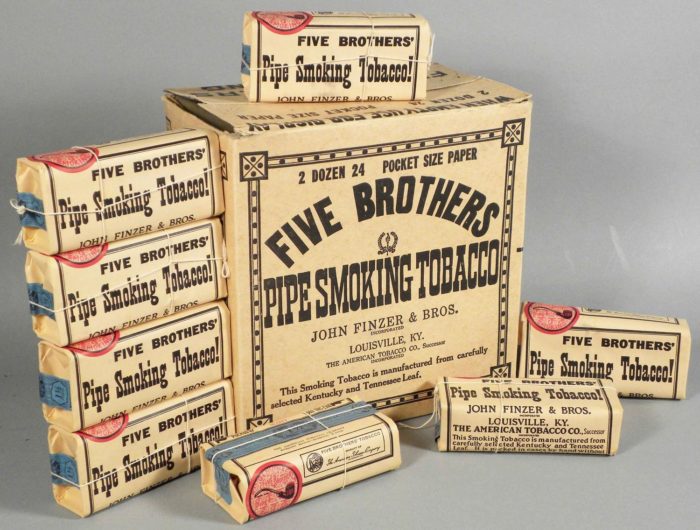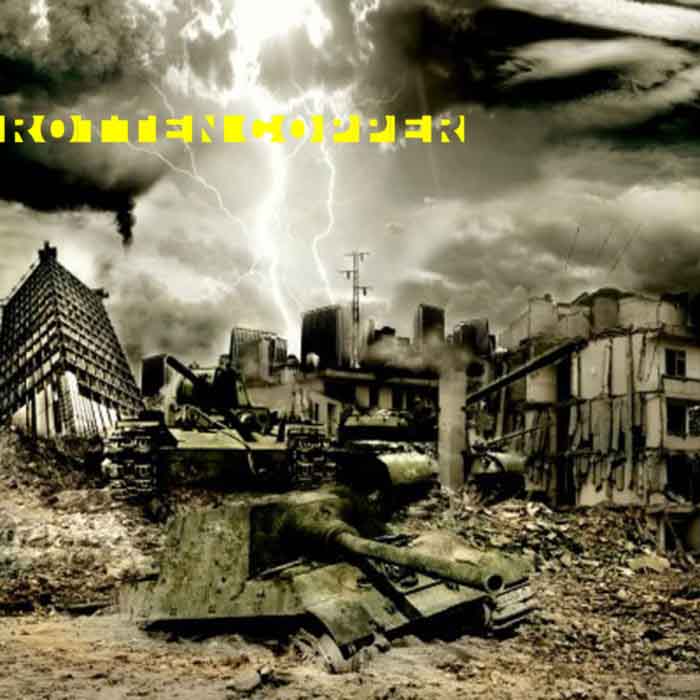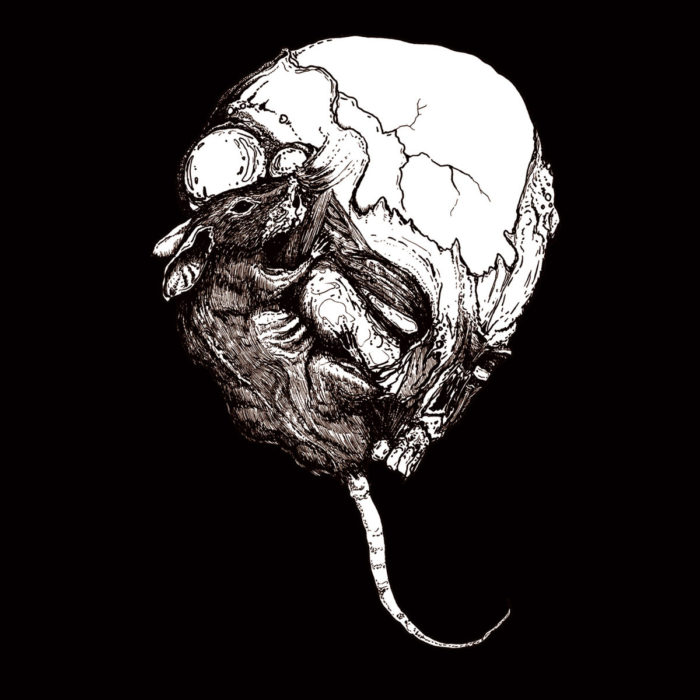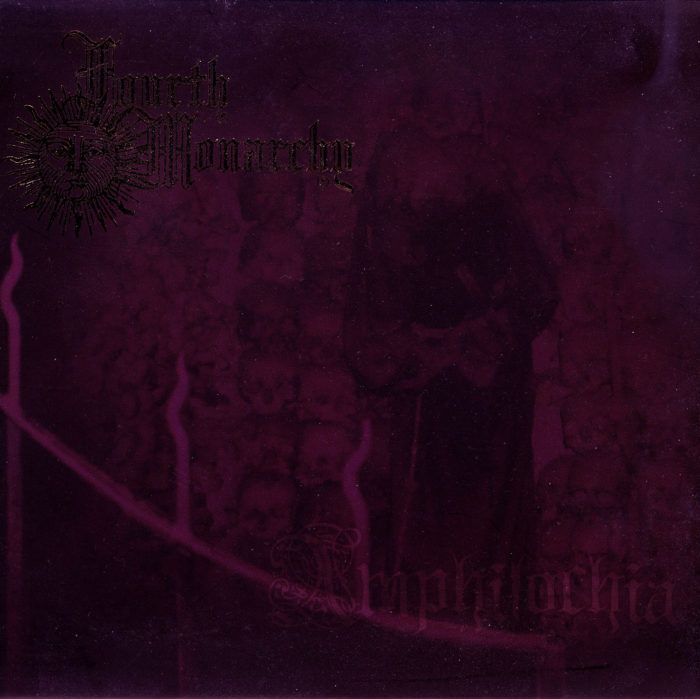Some time ago, metalheads at a concert lit up a dingy joint, covered with pocket lint and packed full of brick weed, the uncured Cannabis Sativa grown wild in large Mexican fields and then compressed in trash compactors, crushing the seeds and stems and infusing the psychoactive flowers with oils and plant sugars.
There is only one way to smoke weed:
- Get a good night’s sleep.
- Wake up and down 15 ounces of water.
- Make strong coffee and have two cups.
- Take a shotglass of strong alcohol or have a glass of wine or large beer.
- Carefully extract and shred a fine Cannabis Indica or Sativa hybrid (60-40 or more).
- Mix in 15% of a strong but non smoke cured tobacco.
- Place in a bong that has large capacity but allows a fast shotgun.
- Take three of these rips within ten minutes.
At this point, the psychedelic potential of the weed becomes most powerful. Synergistic effects with Nicotine, Caffeine and alcohol aid this process.
Repeat as necessary at two-hour intervals.
No CommentsTags: alcohol, bong hits, coffee, drugs, hrips, marijuana, rips, Satan, water










